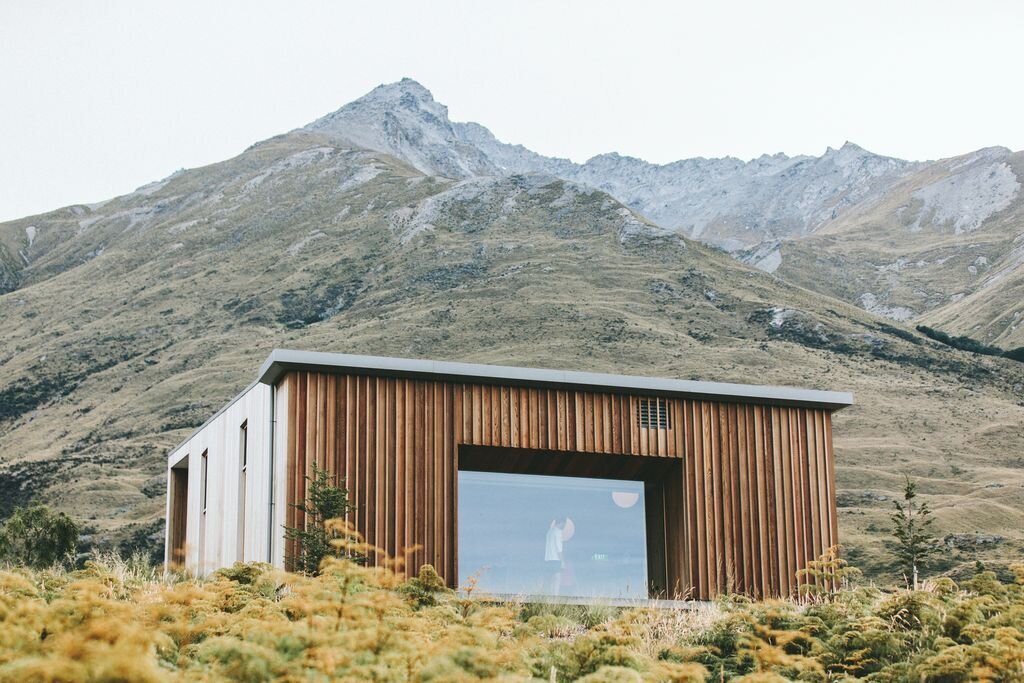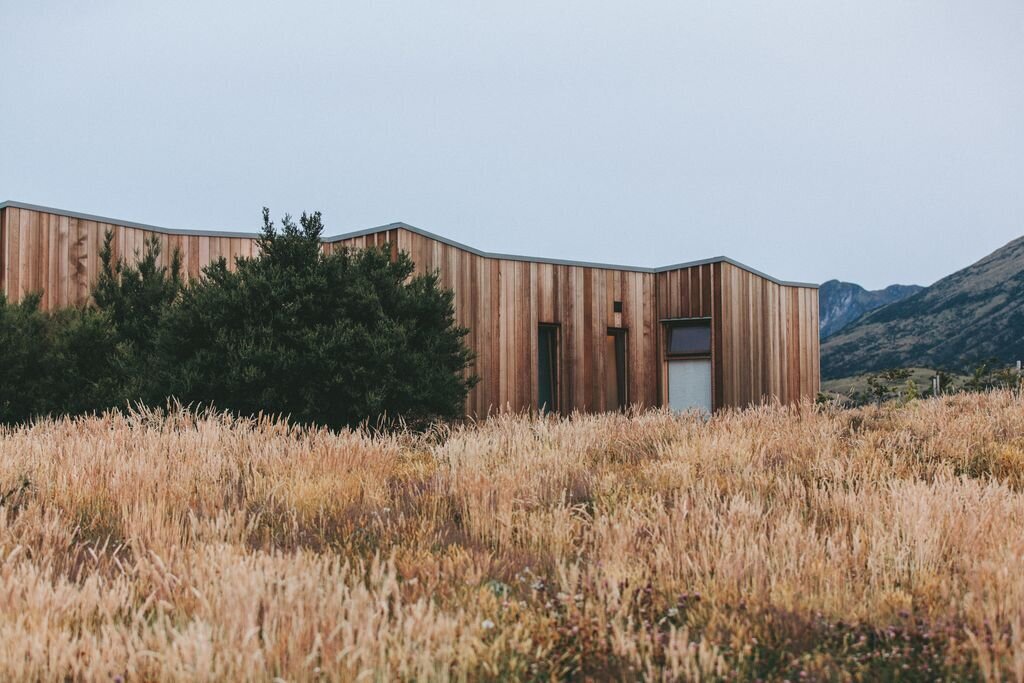Green Value Brand.
A private label brand designed to change sustainable habits.
Client: Target Corporation
Industry: Retail
Services: Product & Service Design, Experiential and Visual Design, Strategy Development
Design Brief.
FutureTogether presented Target with the opportunity to create a brand that tied economic savings to environmental value. The proposal included an innovative value proposition, market strategy, and an introductory product offering that generated financially quantifiable environmental savings for Target guests.
Outcome.
At the time, the proposal was considered too technically and sustainably demanding for market conditions. The brand influenced FutureTogether’s approach to sustainable design and our vision for “active sustainable products,” or products that yield quantifiable environmental benefits throughout their entire life cycles.
Social Impact.
Encouraging Target to see their private label operation as a force for good proved to buyers that their decisions have an impact beyond the bottom line and that sustainability can also mean savings for customers.
Environmental Impact.
When our team set out to change how consumers think about sustainability, we focused on ways to “productize” environmental habits. We searched and identified products that through better design could be more widely adopted, save money for guests and have a positive environmental impact. This proposal, if implemented, would have been transformational. The first ever brand at a mass market level to connect your wallet with your values. The energy and water savings could have been staggering and the waste reduction significant—but more importantly, Target would have been known as the brand who educated millions on sustainable practices.
“The beautifully designed, socially responsible MIO for Target collection makes ‘going green’ accessible to all Target guests.”
Gina Sprenger - Senior Vice President Merchandising
Impact Pillars.
The pillars of our impact featured three categories: energy savings, water conservation, and waste reduction. Our team targeted discrete design interventions around the home that were easy and impactful—prompting savings that were tied to new ecological practices.
Low Hanging Fruit.
Green Value could demonstrate brand leadership through a Target private label, while using existing vendors, products, and technologies. The products in Green Value would be sold individually or as part introductory kits. Each kit had its own environmental and economic benefits clearly explained to guests.






Water Conservation.
The proposed water conservation kit included a low-flow shower head, a shower timer, faucet aerators, a toilet tank diverter and water displacement bag, and a kit to reduce water waste in gardens and patios. Based on FutureTogether’s calculations at the time of the proposal, upgrading toilets and shower heads alone could yield $170 savings per household per year—or over 18,000 gallons of water and 794 KWh of electricity per household per year.
Energy Savings.
The annual energy bill for a typical single-family home in the US is more than $2,000. About half of that is used heating and cooling homes, while other significant portions are used in lighting, personal electronics, washing and drying clothes. The kit we designed would have saved the average household $229 per year and would have eliminated approximately 1.3 tons of Co2 per household. These savings would have been achieved through standby savers to cut on vampire energy use, energy efficient lightbulbs, window insulation tools, and clotheslines.
Waste Reduction.
Through reusable bags, recycling bins, and rechargeable batteries, our waste reduction kit would have conservatively diverted 540 pounds of waste each year and in the process would have reduced a households Co2 footprint by 220 pounds a year. The kit would have also been able to save each household around $78.
Just The Beginning.
We also developed a suite of products that could be redesigned and incorporated into the Green Value brand in kits or as individual SKU’s. The concepts covered most product categories and included additional environmental benefits such as reducing the toxicity of products in the home. Our goal with Green Value by Target was to change the culture of guests and the buying, marketing, and design teams inside of the organization.
Links & Media.


